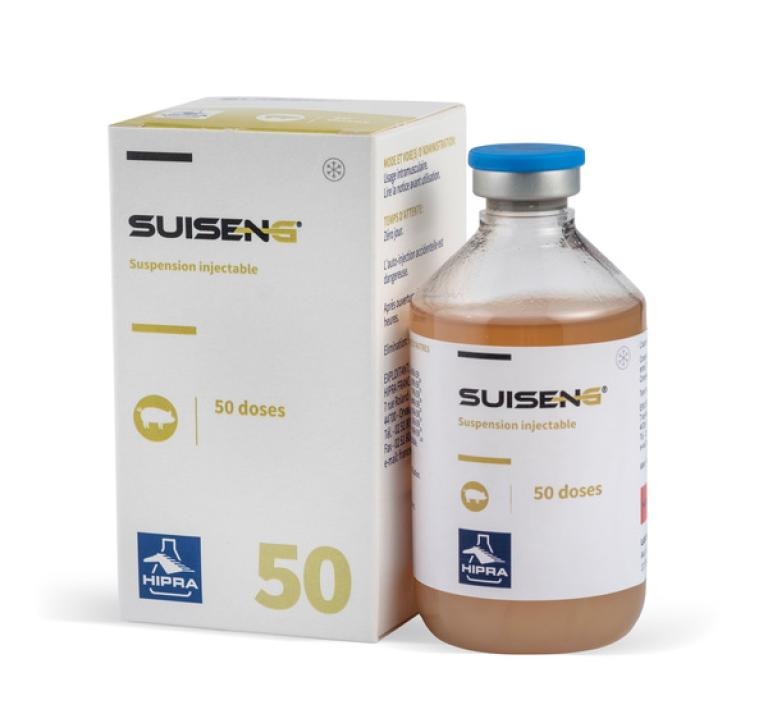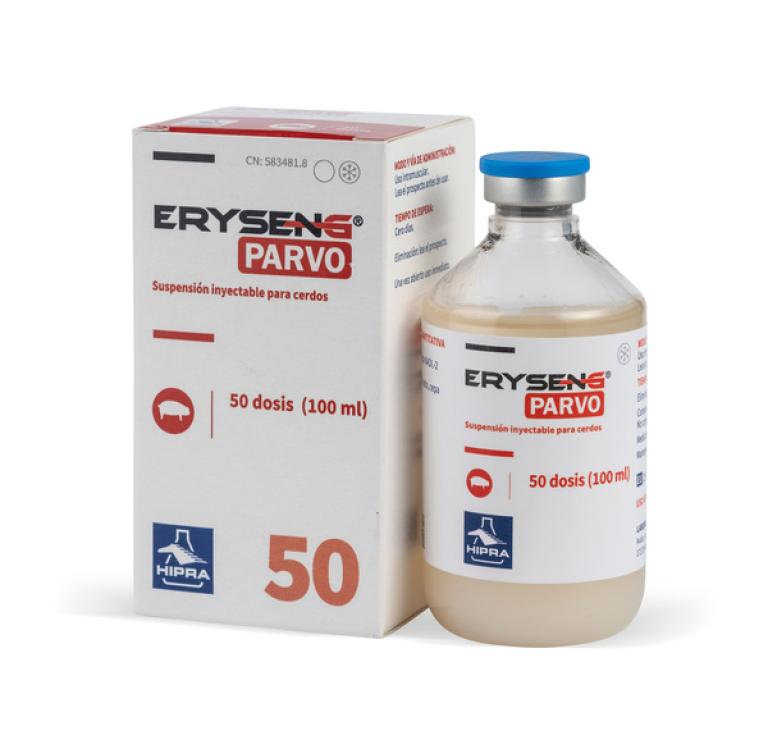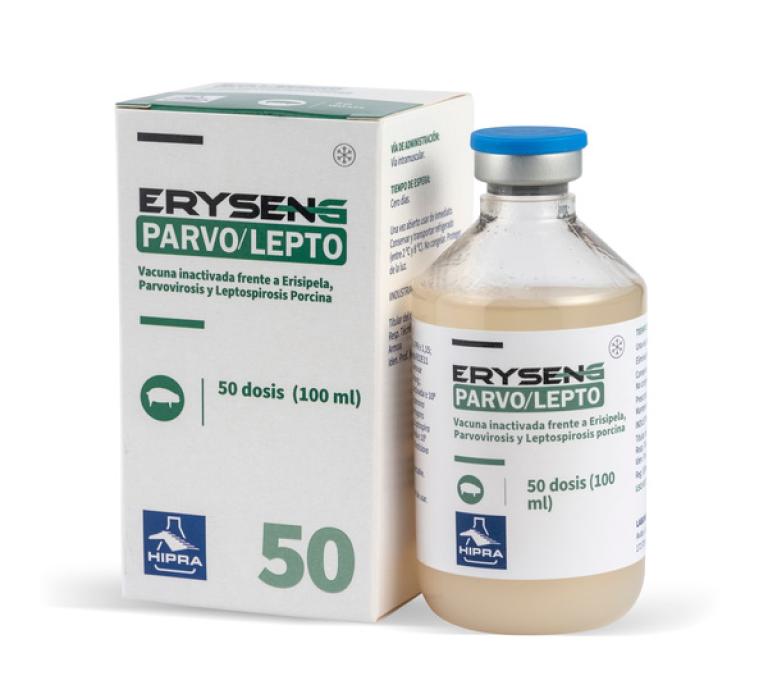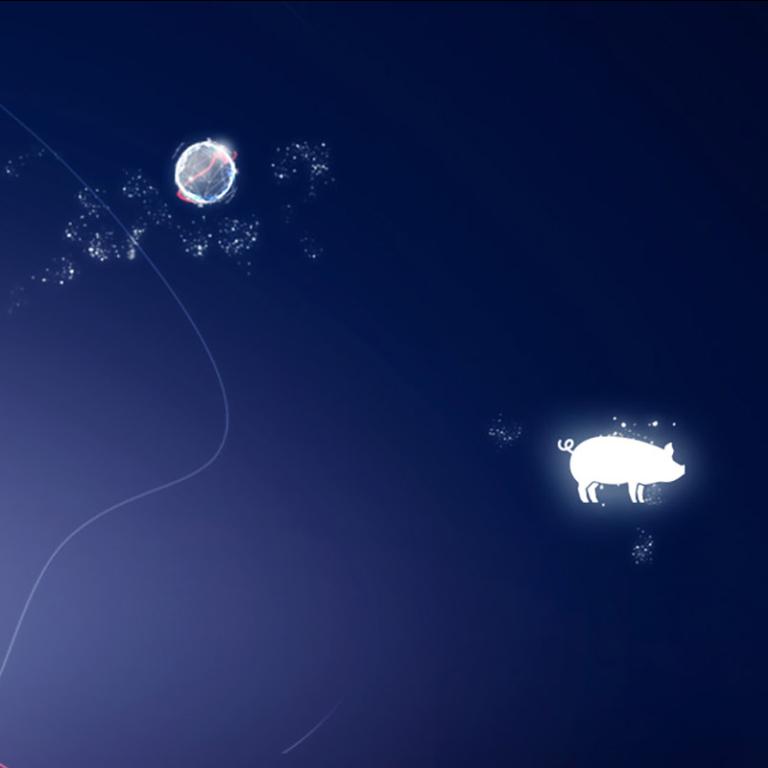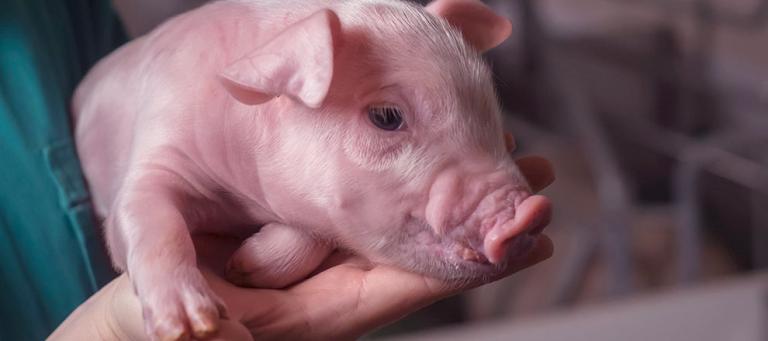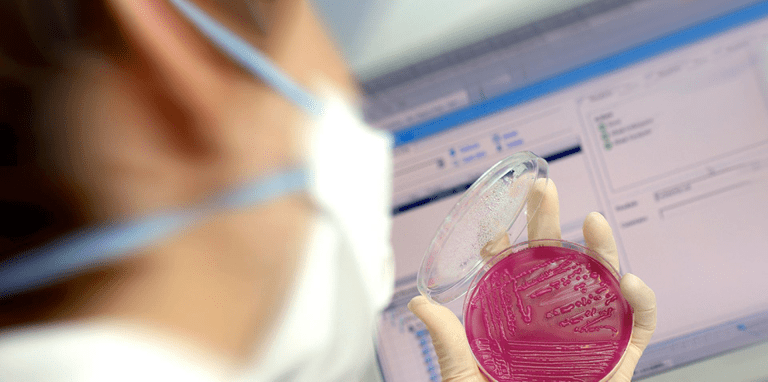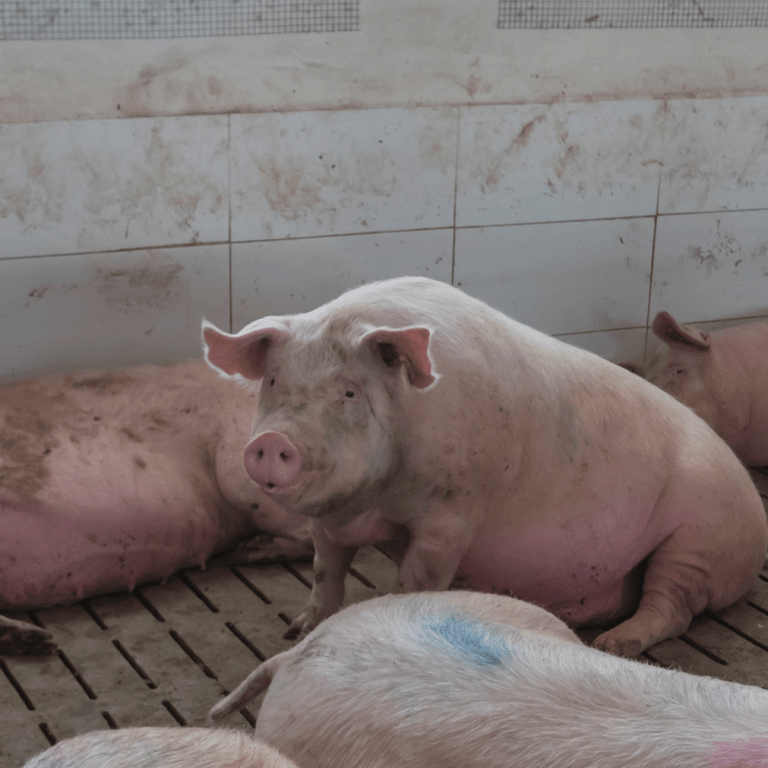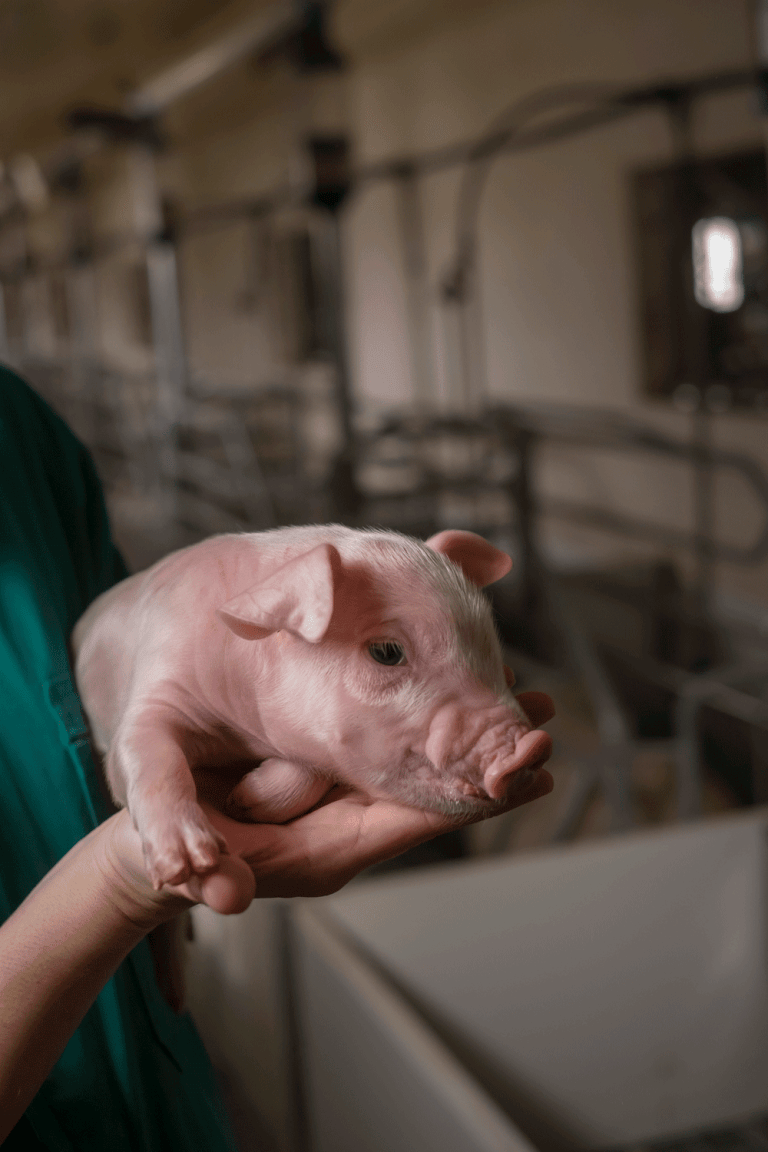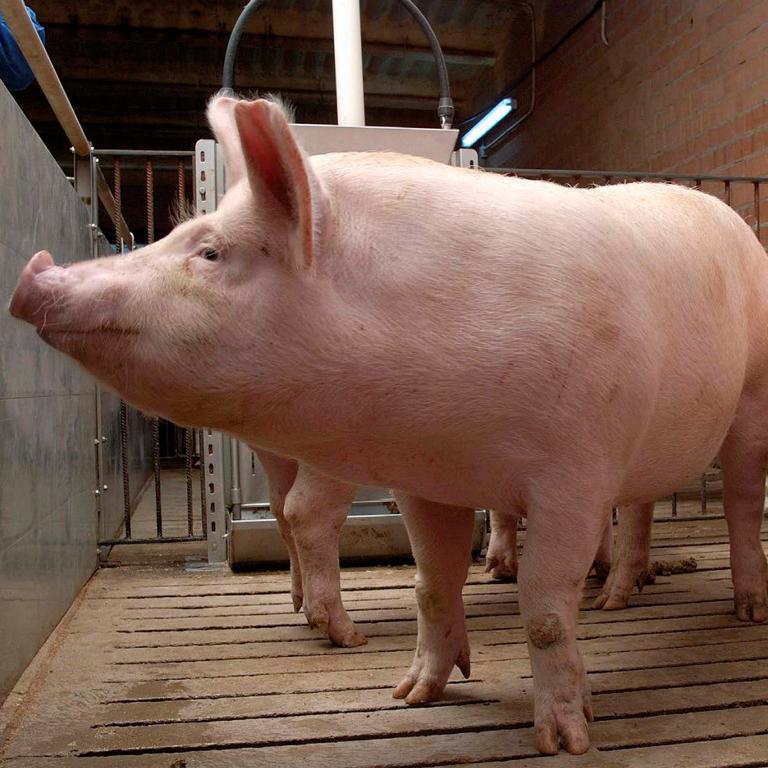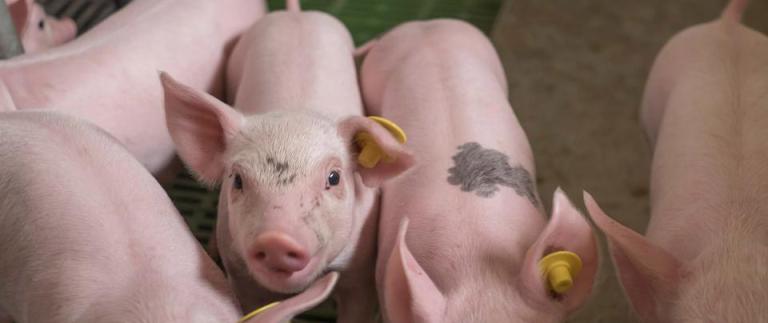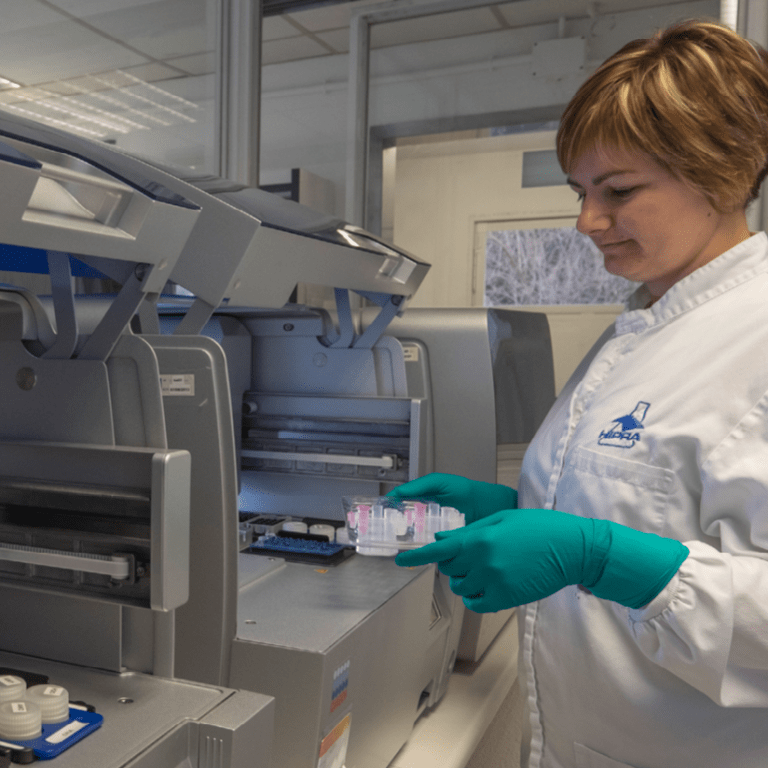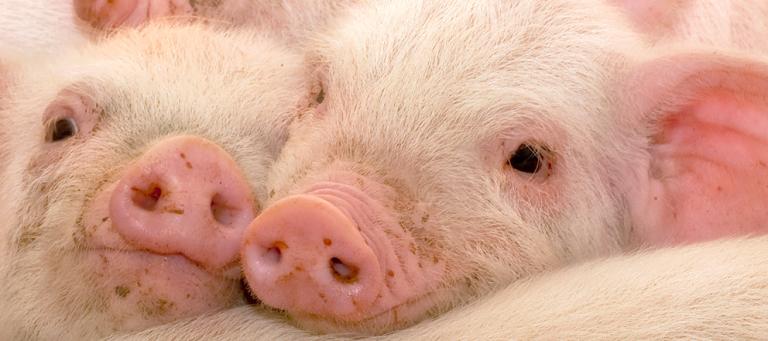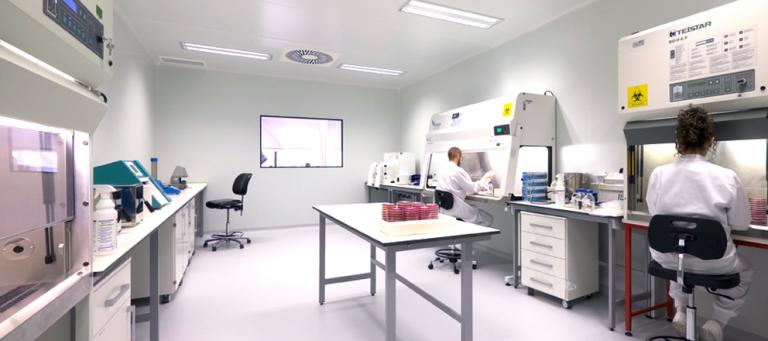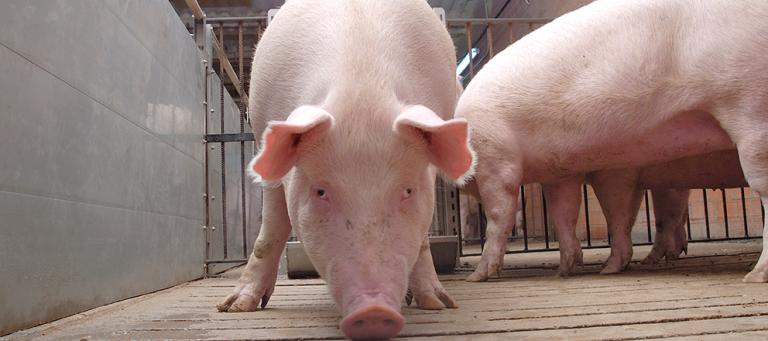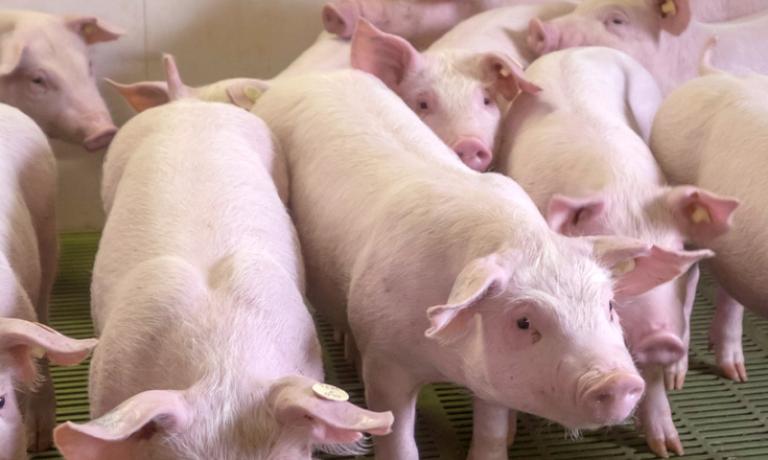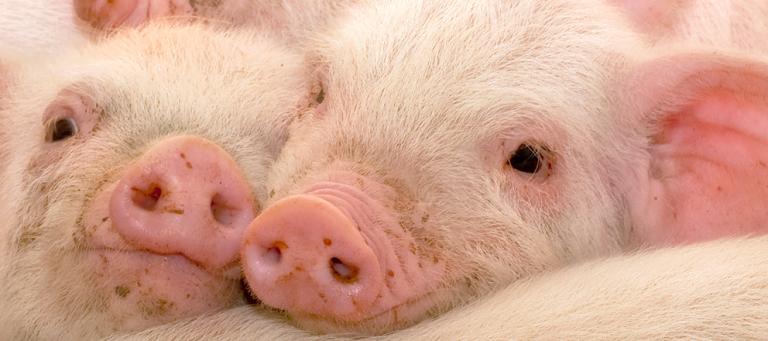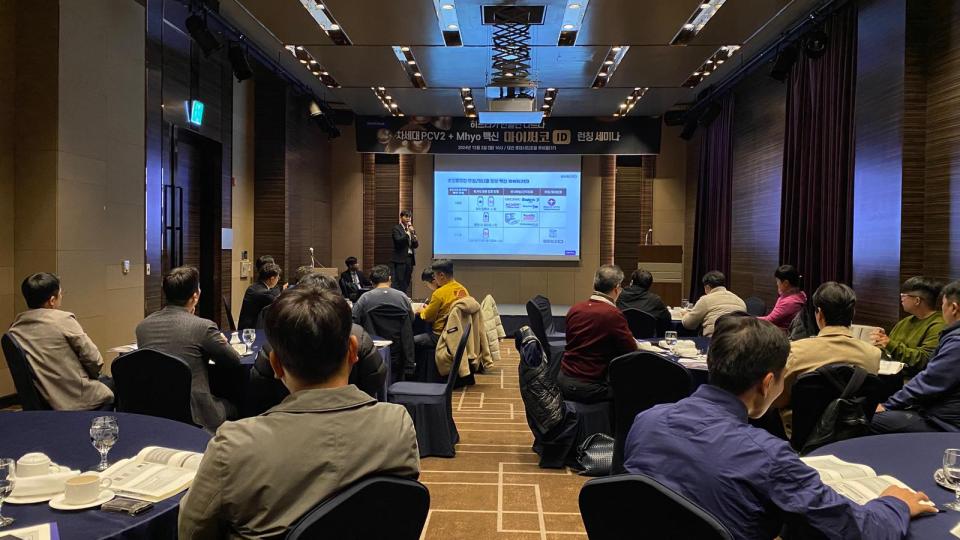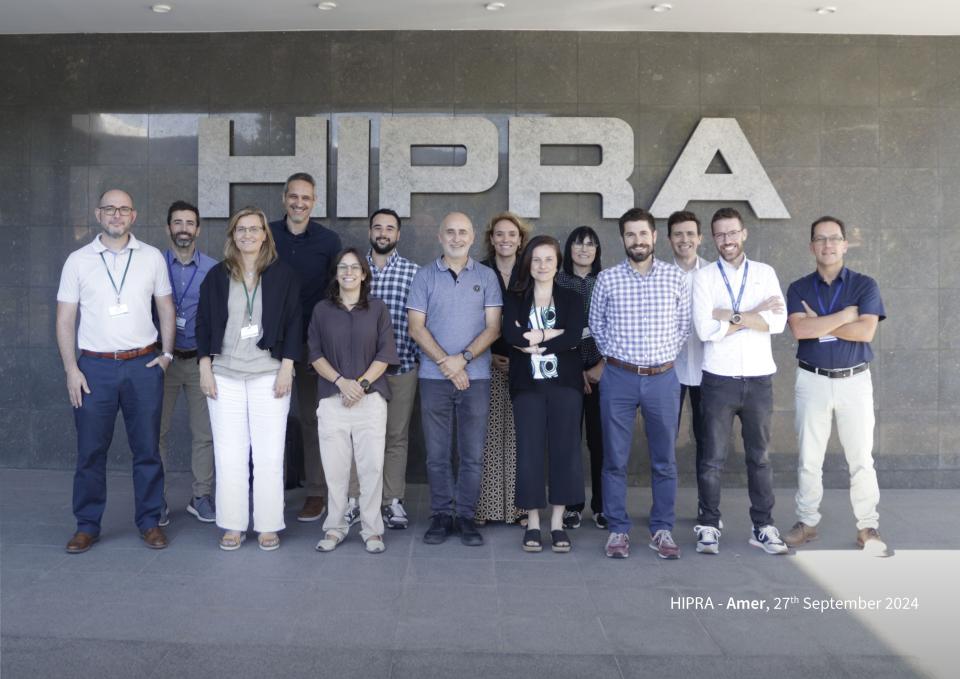AETIOLOGY:
Genus Circovirus, family Circvoviridae
CLINICAL SIGNS:
Porcine Circovirus type 2 can have different clinical manifestations:
PCV2 systemic disease (PCV2-SD), which is historically known as post weaning multisystemic wasting syndrome (PMWS), PCV2 reproductive disease (PCV2-RD), porcine dermatitis and nephropathy syndrome (PDNS) and subclinical infection.
TRANSMISSION:
PCV2 is ubiquitous in both domestic and feral swine. Oronasal exposure is the primary route of transmission, but PCV2 has been found in nasal, tonsillar, bronchial, and ocular secretions, feces, saliva, urine colostrum, milk and semen. Pigs can become infected by eating raw tissues from viremic animals, and transplacental infection in pregnant sows intranasally exposed 3 weeks prior farrowing was also confirmed.
LESIONS:
PCV2-SD lesions are primarily found in lymphoid tissues, and enlargement of lymph nodes is the most prominent feature of the early clinical phase of PCV2. Lungs may be enlarged, non-collapsed and rubbery in consistency.
PCV2-RD are stillborn and nonviable neonatal piglets that show chronic passive hepatic congestion and cardiac hypertrophy.
PDNS lesions are mainly macules and papules from the skin seen microscopically as necrotic and hemorrhagic tissues associated with necrotizing vasculitis.
DIAGNOSIS:
A diagnosis of PCV2-SD in a group of pigs is warranted if the following criteria are fulfilled:
- Growth retardation and wasting.
- Moderate to severe characteristic histopathological lesions in lymphoid tissues.
- Moderate to hight amounts of PCV2 within the lesions in lymphoid and other tissues of affected pigs.
A diagnosis of PCV2-RD at late gestation includes three criteria:
- Late-term abortions and stillbirths, sometimes with evident hypertrophy of the fetal heart.
- The presence of heart lesions characterized by extensive fibrosing and/or necrotizing myocarditis.
- The presence of high amounts of PCV2 in myocardial lesions and other fetal tissues.
A diagnosis of PDNS is based on two criteria:
- The presence of hemorrhagic and necrotizing skin lesions, primarily on the hind limbs and perineal area and/or swollen and pale kidneys with generalized cortical petechiae.
- The presence of systemic necrotizing vasculitis and necrotizing fibrinous glomerulonephritis.
TREATMENT, PREVENTION AND CONTROL:
PCV2-SD is a multifactorial disease that can be controlled by the use of PCV2 vaccines, but prior to the advent of vaccines, prevention and control focused on eliminating environmental and infectious cofactors and triggers believed to induce PCV2-SD.
Vaccination of both sows and piglets has been shown to be beneficial in the continuous control of PCV-associated diseases.
If the objective is to prevent PCV2‐RD, vaccination may be done during the acclimatization of gilts, prior to mating, during lactation, or at weaning. Sow vaccination has been shown to increase fertility, farrowing rate, number of piglets born alive, birth weight of piglets, and number of piglets weaned per a litter.
SOURCE:
Diseases of Swine, Eleventh Edition. Edited by Jeffrey J. Zimmerman, Locke A. Karriker, Alejandro Ramirez, Kent J. Schwartz, Gregory W. Stevenson, and Jianqiang Zhang. © 2019 John Wiley & Sons, Inc. Published 2019 by John Wiley & Sons, Inc.
Chapter 30: Circoviruses- Joaquim Segalés, Gordon M. Allan, and Mariano Domingo




